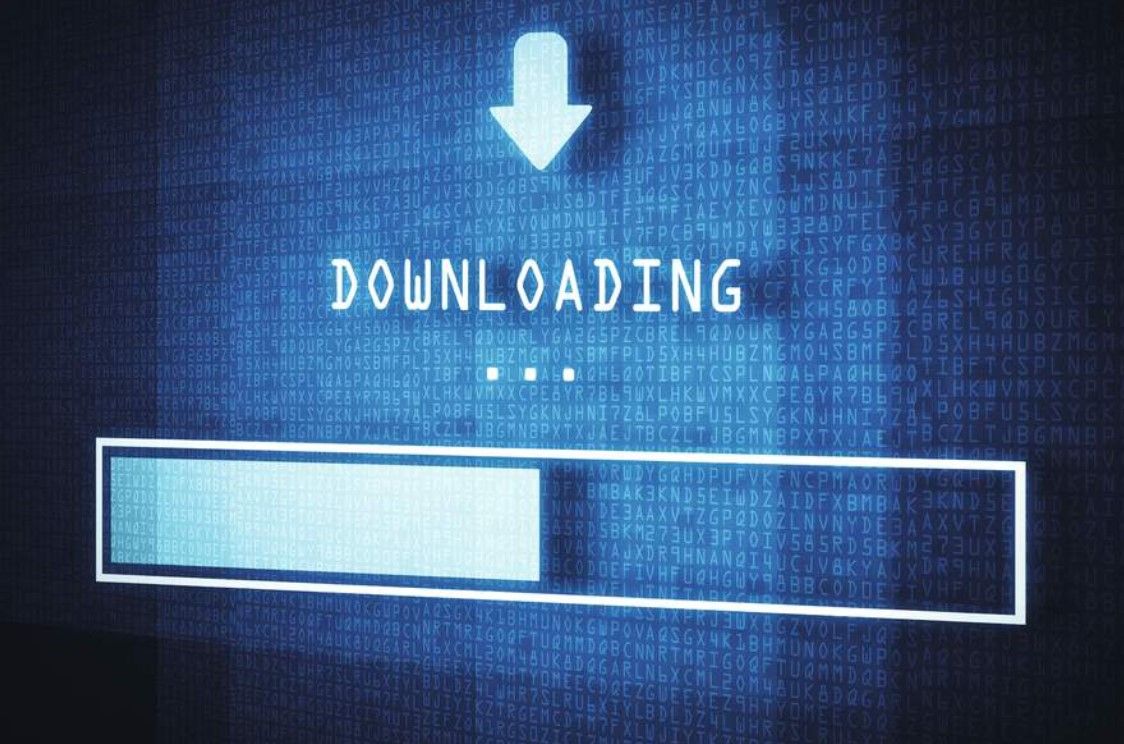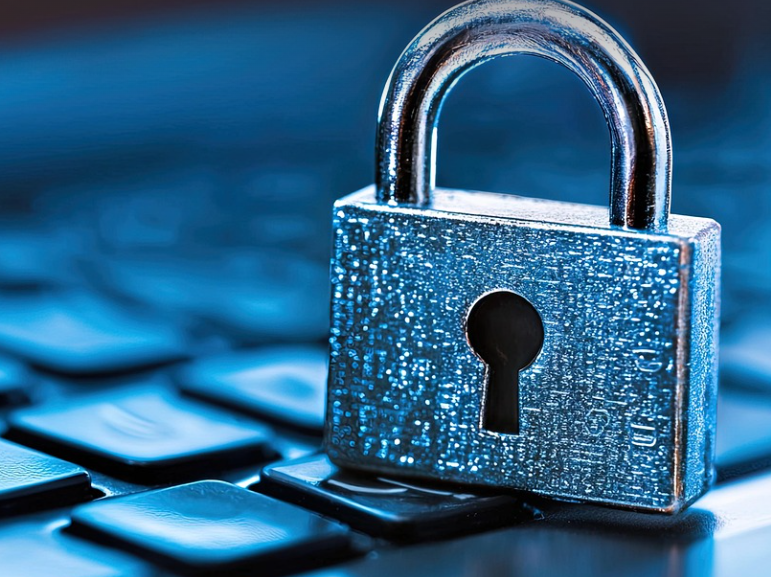The FCC’s Affordable Connectivity Program Could End. Here’s Why That Might Not Be Bad for Schools
John Harrington, chief executive officer of Funds for Learning, discusses Affordable Connectivity and E-Rate.

The FCC’s Affordable Connectivity Program, which helps low-income families pay for home internet services, will end without Congressional action. The program, known as the ACP, will stop enrolling new applicants on Feb. 7, and funding for all participants will run out by May. This has huge implications for school connectivity and the digital divide as the program aids nearly 23 million households to obtain internet access.
Despite the dire state of the ACP, John Harrington, chief executive officer of Funds for Learning, says there’s a possibility for better funding for schools going forward.
“One of the shortcomings of the ACP has been the fact that it still relies on families applying for it,” he says. “It certainly helped reduce or shrink the number of students who are not connected, but there's still a certain percentage of students that when they go home, they're not connected.”
Instead of funding for ACP, many of the school stakeholders who Harrington speaks with are focused on encouraging the FCC to expand eligibility for E-Rate funding. The E-Rate is an FCC program that makes internet access more affordable for schools and libraries but currently cannot be used to provide wireless hotspots to students to take home.
Affordable Connectivity Program: A Best-Case Scenario
The FCC has proposed a rule change to E-Rate that would allow wifi hotspots to be eligible for funding. If enacted, it could be a better means for schools to ensure internet access for students than the existing ACP programs, which require individual households to apply, something that isn’t always feasible for all students' families. Expanding E-Rate eligibility to the home would bypass this.
“That would be a game changer for schools and libraries because then we would put them in the driver's seat for getting those connections into the hands of students and library patrons,” Harrington says. “They don't have to urge the parents to apply for it. They don't have to try to get community support drummed or run awareness campaigns. They literally can just get the wifi hotspots that they need for the students who need it.”
He adds, “Another significant advantage of that is that schools can also manage things like filtering cybersecurity for that device that is connected to the student’s networks, so they have a lot more control.”
Tech & Learning Newsletter
Tools and ideas to transform education. Sign up below.
The Worst-Case Scenario
Harrington stresses the best-case scenario described above may not come to pass. Instead, E-Rate funding may not be broadened and ACP might lose funding.
“That's the real nightmare scenario,” Harrington says. “We've got all these devices in the hands of all these students, which is fantastic. We're really seeing how these learning management systems and content systems and all this stuff has really been incorporated to provide personalized learning, all these opportunities, and now we're approaching this cliff.”
On top of these concerns, ACP funding has many applications beyond its use by students that wouldn’t be covered by E-Rate. “It doesn’t address the overall need for connectivity,” Harrington says. He notes that not every household has a student and people still need internet access for many aspects of modern life from applying for work to telehealth.
Reasons For Optimism
E-Rate funding was recently updated to include providing wifi access for schools. “That's a big step forward,” he says, which makes him optimistic the FCC is willing to update E-Rate. In addition, the FCC can change E-Rate without the need for increasingly elusive bipartisan political support, and possibly without allocating more funding.
“The program has about a billion dollars in available spending that’s not requested each year. So there is money available. And it doesn't require an act of Congress to make those funds available, so that's why I'm pinning my hopes on this solution,” he says. “The FCC is well positioned to help support this need in a way that would better serve the community.”
Erik Ofgang is a Tech & Learning contributor. A journalist, author and educator, his work has appeared in The New York Times, the Washington Post, the Smithsonian, The Atlantic, and Associated Press. He currently teaches at Western Connecticut State University’s MFA program. While a staff writer at Connecticut Magazine he won a Society of Professional Journalism Award for his education reporting. He is interested in how humans learn and how technology can make that more effective.










